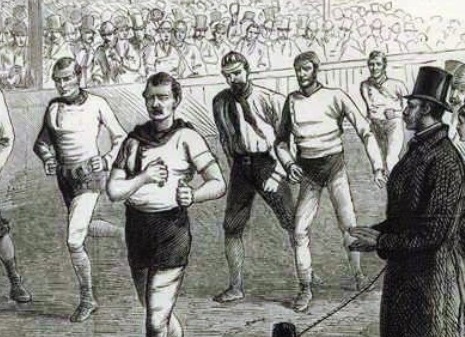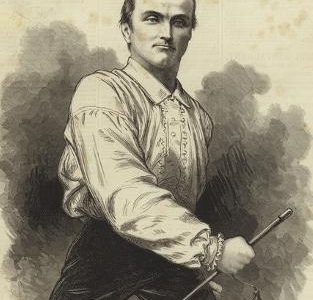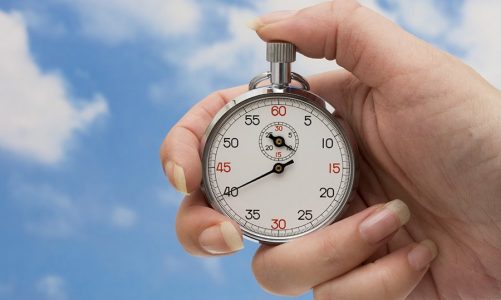These days the pub is probably not the first place that springs to mind when thinking about top class athletics. In fact, going to the pub and competitive running are probably about as culturally – and physically – different as you can get as far as pastimes go. Yet for the best part of a hundred years starting in the late eighteenth century, pubs and their landlords were a vital part of the British running scene.
From time immemorial running races were a part of rural life. Village fairs, festivals, feast days and wakes were opportunities for fleet-footed agricultural workers to win prizes and local renown, as well as for spectators to gamble on who would come out on top. But with the industrial revolution and the mass movement of rural populations to the cities, these traditions diminished. However, the taste for sporting entertainment did not, and when factory workers were granted a few hours each week as time-off, they were keen to fill them watching all kinds of sport, from cricket to bare-knuckle boxing.
For many industrial communities the pub was the centre of social life, and savvy publicans were quick to spot the opportunity to attract punters and make extra cash by putting on sporting events. Different pubs specialised in different sports, as attested by the names they retain to this day, such as ‘The Cricketers’ or ‘The Wrestlers’.
Down the pub for a quick half (mile)?
Running or ‘pedestrianism’ was hugely popular from the late eighteenth century through to the late Victorian era, creating a great business opportunity for landlords to organise and promote races. The publican took on many roles, drawing up rules, providing prizes, holding stakes and inviting the greatest talents to race. In those days many pubs owned large pieces of land that provided ample space for on-site running tracks, some of which even had purpose built stadia. Many tracks were enclosed so that the publican could charge an entry fee and sell food and drink to a captive audience.
Research by Samantha-Jayne Oldfield reveals that in London the White Lion in Hackney Wick was home to an impressive 260 yard gravel track, built in 1857. The entry fee on race days was six pence, or a little more if you wanted a place in the pavilion on the finishing straight. The pub was credited with boosting the popularity of running in London, drawing crowds of many thousands to watch the top runners of the day.
In Manchester the preference was for sprinting and distances up to a mile. One of the most spectacular events took place at the Royal Oak Hotel in 1864, when 30,000 spectators watched six of the country’s top milers race for a huge prize of £110 and a silver cup weighing over 2kg. The race was won by Edward Mills in 4 minutes and 20 seconds.
Last orders
But this was the late heyday of pub athletics. Landlords and professional runners were already coming under suspicion of dishonestly, match fixing and corruption. And the link between running and the ‘loose morals‘ associated with gambling and drinking disturbed the middle- and upper- class Victorians who were then pushing the ‘amateur athletics’ code.
In the years that followed the well-resourced and powerful amateur movement side-lined the mostly working-class professional sport. Universal rules, standardised distances, amateur athletic clubs and purpose built tracks finally supplanted the pubs, publicans and professional runners. I suppose that’s progress, but can’t help thinking the experience of the British pub beer garden in summer is much the poorer for it!



